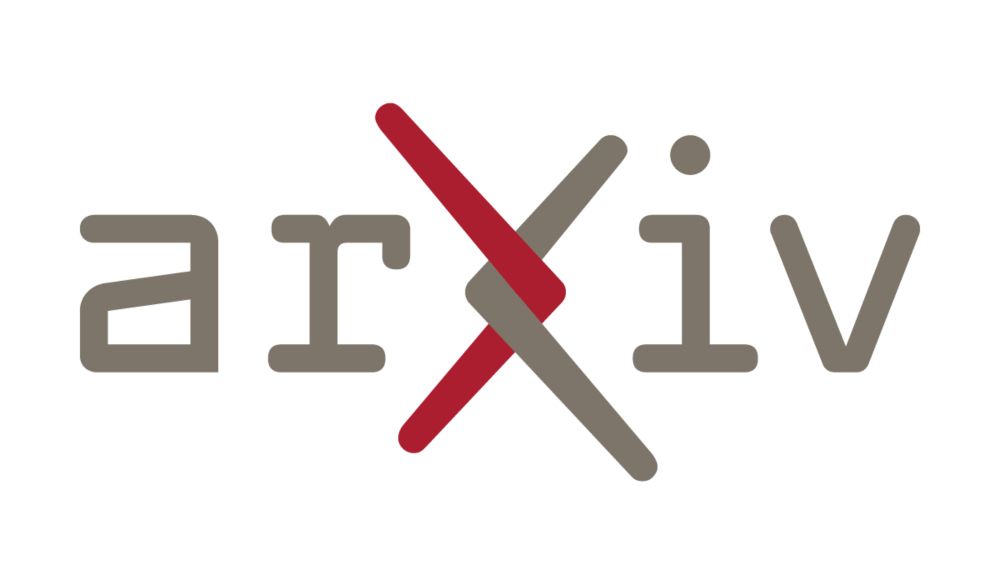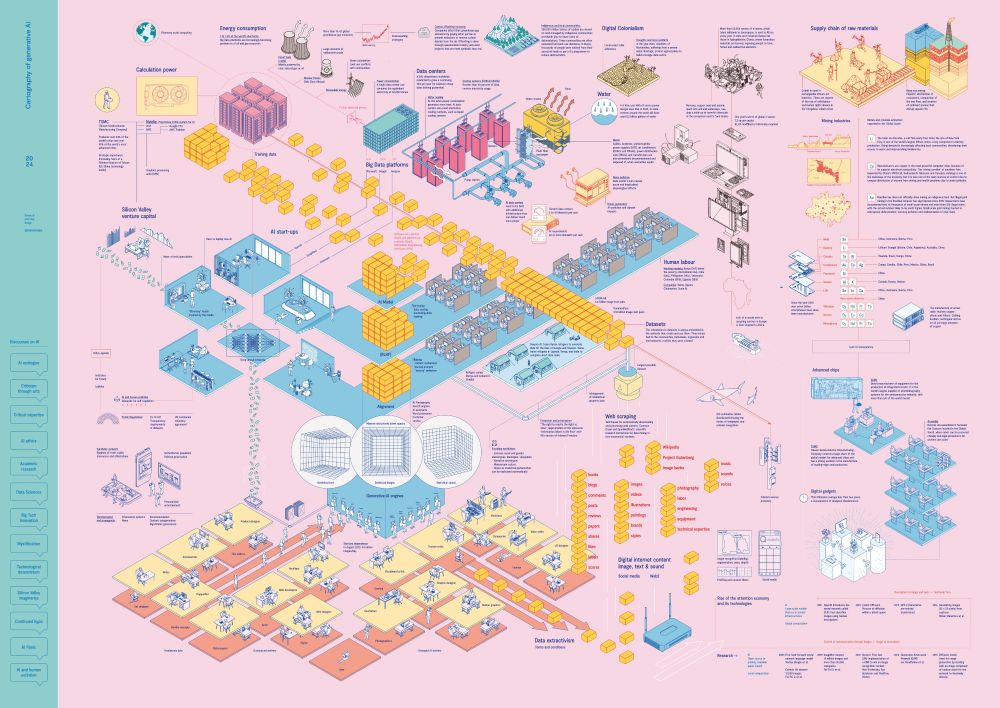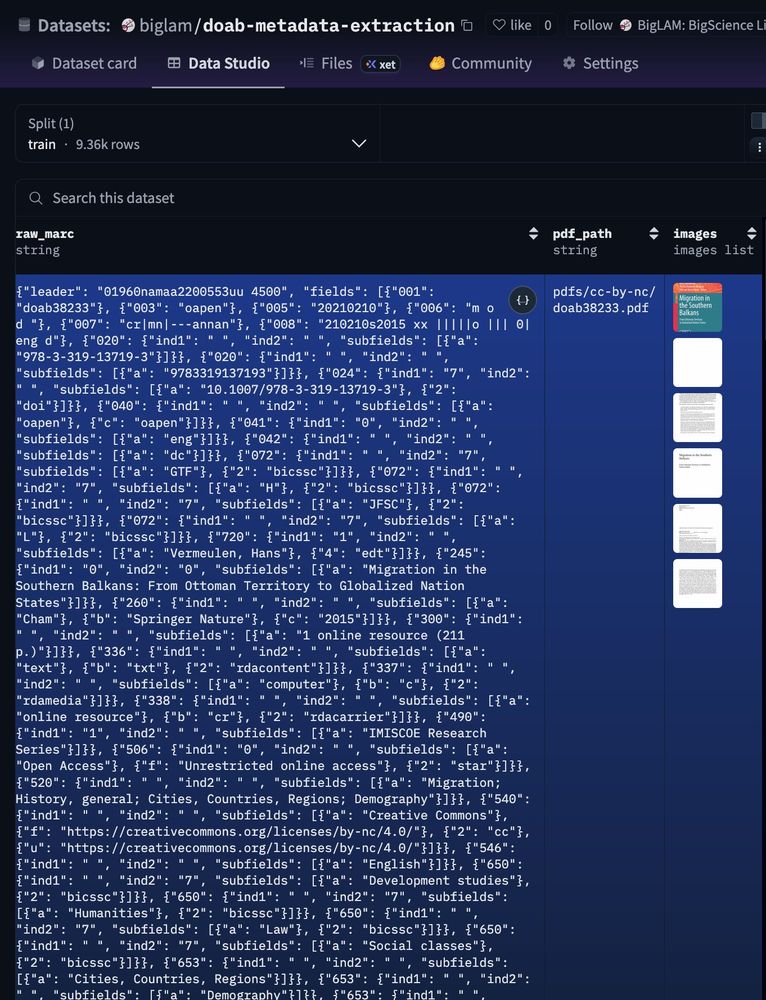Heather Froehlich
@heatherfro.bsky.social
3.1K followers
1.7K following
1.9K posts
supporting researchers counting words in various ways with computers at university of arizona libraries; increasingly displaced new englander
Posts
Media
Videos
Starter Packs
Reposted by Heather Froehlich
Reposted by Heather Froehlich
Reposted by Heather Froehlich
Reposted by Heather Froehlich
Amy Zhang
@axz.bsky.social
· Dec 3
Simona Liao
@simonaliao.bsky.social
· Dec 2

LLMs as Research Tools: A Large Scale Survey of Researchers' Usage and Perceptions
The rise of large language models (LLMs) has led many researchers to consider their usage for scientific work. Some have found benefits using LLMs to augment or automate aspects of their research pipe...
arxiv.org
Reposted by Heather Froehlich
Reposted by Heather Froehlich
Reposted by Heather Froehlich
Reposted by Heather Froehlich
Reposted by Heather Froehlich











